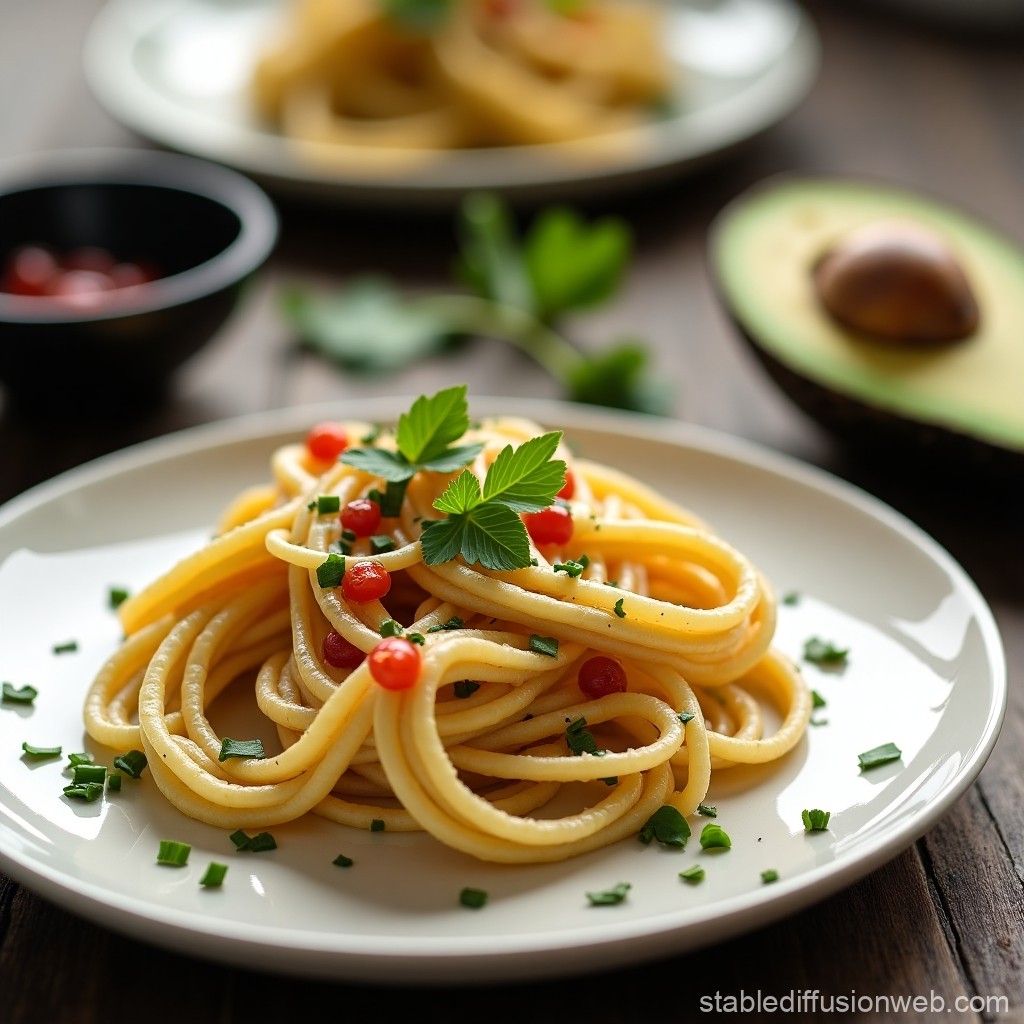Answers For [C20T2] - Developing food trends
Answers and detail explain for [C20T2] - Developing food trends
Explain
[C20T2] - Developing food trends

There are trends in food, much as there are trends in clothing. 1Interest in food fashions has risen rapidly since the birth of the smartphone, when people first began taking photos of their food and instantly sharing them with their friends. The food industry in the UK, in particular, is obsessed with finding and exploiting the next big food trend. Marketers aim to create a huge demand for a food item which was previously unknown or not needed. One of the most effective ways of promoting a new food product is by using social media influencers as brand ambassadors. In return for free samples, many influencers will post content about a product, although there are influencers with hundreds of thousands of followers who can command large fees for their services. 2Companies which sell vegan produce were pioneers in being able to increase sales really quickly in this way.
For a food item to become really popular, it has to be readily available. So supermarkets have a role to play in creating a new food trend. 3They have dedicated teams closely following which new products or ingredients are trending on social media and are particularly interested in what well-known chefs are putting on their menus.
I'd like to look at a few examples of marketing campaigns which were really successful in launching a new fashion trend.
Starting in the 1990s with the avocado. A British PR company was hired to raise its profile and stimulate demand. 4They paid for a group of journalists to travel out to South Africa to meet avocado farmers. Articles written following this visit helped to educate the British public about the avocado, which at this time was certainly not the daily staple it's since become. 5Advertisements were designed to promote the avocado as a superfood, rich in nutrients, and therefore beneficial for health. Avocados became hugely fashionable, and within a few years, UK avocado sales had grown from 13 million pounds annually to around 150 million, making it one of the most successful fresh produce campaigns in UK history.
Oat milk is a recent example of a new product which became fashionable very quickly. Now, there are many brands available, but one company which had early success was the Swedish brand, Oatly. They attracted a lot of attention with a media campaign which used provocation as a way of getting their message across effectively. The fact that this campaign aggravated competitors producing milk from dairy cows was seen as a plus, as it helped to make oat milk seem cool.
6In the USA, the brand decided against a big retail launch in favor of getting the product into coffee chains, which removed the need for a big advertising budget. This proved far more effective than offering samples in supermarkets. Oat milk had an advantage over other alternative milk products, such as almond milk. 7Many consumers prefer it because it has less of an impact on the environment. It requires significantly less water to produce than other alternative milk products, and it also has a relatively low carbon footprint.
Norwegian Skrei, a rarely available seasonal fish delicacy, otherwise known as Arctic cod, is now found on the menus of Michelin-starred restaurants throughout Europe. 8The demand for skrei has been used by a food marketing agency to build the reputation of Norway's fisheries in general. Marketing surveys have shown that a significant number of shoppers now associate Norway with excellent seafood.
Food trends can be considered a good thing in some ways, as they can benefit farmers and food producers enormously. The public can also be encouraged to buy things which are more sustainably produced. But ethical concerns have been raised about the effects a surge in demand can cause. Quinoa is a classic example. 9This plant is native to Peru, and when demand peaked some years ago, the price soared, making it unaffordable for local people. While the popularity of quinoa has benefited farmers financially, there have been other negative consequences. As demand grew, farmers began working the land all year round in order to produce more quinoa. 10One issue has been that the fertility of the soil decreased dramatically, which could potentially lead to desertification in some areas. Another example would be the case of the…
Questions 1-10
Complete the notes below. Write ONE WORD ONLY for each answer.
Developing food trends
- The growth in interest in food fashions started with 1 (photos) of food being shared on social media.
- The UK food industry is constantly developing products which are new or different.
- Influencers on social media become ‘ambassadors’ for a brand.
- Sales of 2 (vegan) food brands have grown rapidly this way.
- Supermarkets track demand for ingredients on social media.
- Famous 3 (chefs) are influential.
Marketing campaigns
- The avocado:
+ 4 (journalists) were invited to visit growers in South Africa.
+ Advertising focused on its 5 (health) benefits.
- Oat milk:
+ A Swedish brand’s media campaign received publicity by upsetting competitors.
+ Promotion in the USA through 6 (coffee) shops reduced the need for advertising.
+ It appealed to consumers who are concerned about the 7 (environment)
- Norwegian skrei:
+ has helped strengthen the 8 (reputation) of Norwegian seafood
Ethical concerns
- Quinoa:
+ Its success led to an increase in its 9 (price)
+ Overuse of resources resulted in poor quality 10 (soil)
![[Forecast Q2-2025] - Biology lecture](https://static.helik.app/reading/8fd3d7d2-ccf9-47a3-8920-2e7a3b0d6607)
![[Forecast Q2-2025] - Living in the City](https://static.helik.app/reading/1a60bcf3-f3a7-4e9b-97a2-94d156a0de3b)
![[Forecast Q2-2025] - Student Union](https://static.helik.app/reading/fb443123-8c1d-447e-8c79-5a01650f4754)
![[Forecast Q2-2025] - Fruit-picking Job in an Orchard](https://static.helik.app/reading/e1968346-6c55-44ae-b8d3-f6a4fb7207b9)
![[Forecast Q2-2025] - University Crime Prevention](https://static.helik.app/reading/bdda593e-16d6-4c72-8a12-b116e917b27c)
![[Forecast Q2-2025] - Business Course](https://static.helik.app/reading/3308e282-99a6-4bcb-9d22-0b488701d968)
![[C20T1] - Choosing a restaurant](https://static.helik.app/reading/e9b21123-c43c-42fb-88b7-5d0be3a37e03)
